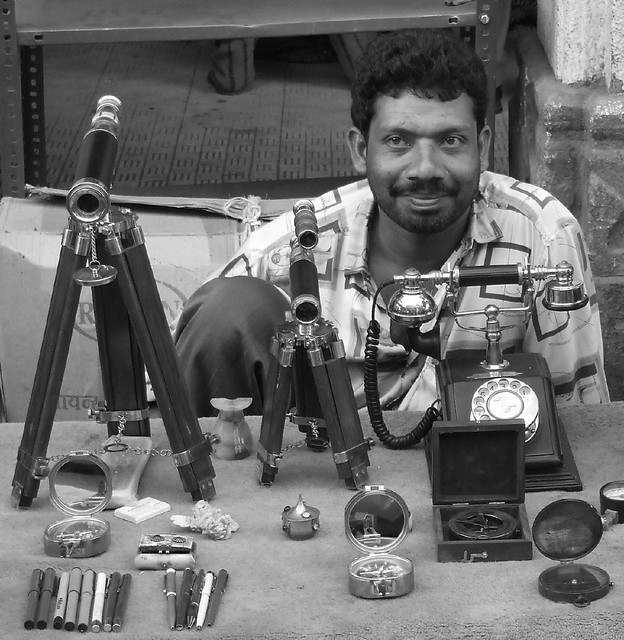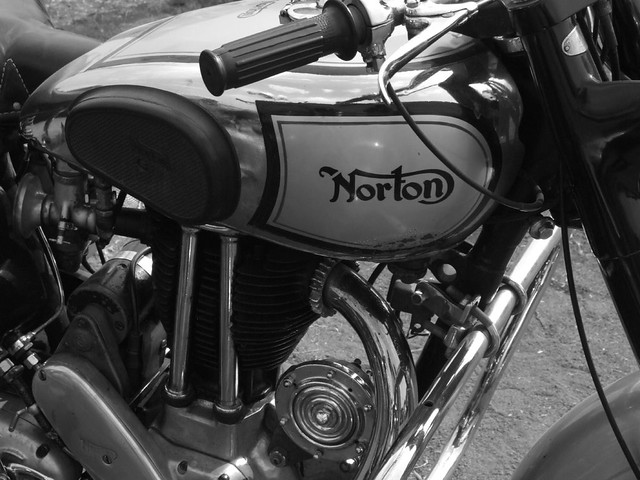Remember when Robert de Niro played Travis Bickle? His intensity as a man who is in the process of becoming unhinged is not something people forget in years. In the film, Travis Bickle wore an old-style army jacket that was standard-issue to American soldiers from 1965. And just like Zippo lighters, the M-65 Field Jacket was indestructible, practical, and in time, found itself in the American imagination, rising in prominence through the Vietnam years, and becoming a symbol of rebellion during the peace movement which followed after. As all things popular go, the M-65 percolated through mainstream culture over the years, transforming itself from a utility garb to a symbol of masculinity. It was the Old Spice of jackets. You would have seen the M-65 in the Rambo films, films by Jean Claude Van Damme, and more recently, in the cult television hit Supernatural. As it happened, last week I chanced upon the iconic piece of clothing at the budh bazaar flea market at Pandav Nagar, nestled in the narrowest lanes of East Delhi. Even without its sub-zero liner, the piece of history was selling for a price lesser than the cost for dry cleaning it. Of course, I had to pick it up.
 |
| Image courtesy: Usarmystyle.com |
But this story is not about the M-65 as much as it is about the incredible weekly flea markets scattered around this city of seven cities. I rediscovered the joy of a good bargain when I came to Delhi, three years ago. The budh bazar at Pandav Nagar saw my first baby steps into the world of flea markets in Delhi. Like most secondhand markets around here, on offer is an eclectic mix of charity giveaways, defective goods, and discarded yarn. Mixed with this is a crop of cheap, local-made fakes, and it makes for a challenging grazing ground for flea market hunters.
My extended love affair with flea markets goes back many years. There's a sublime joy in rummaging through musty piles of clothes to dig up that one amazing tee shirt for 30 Rupees, and my discovery of this hidden, magical world started many years ago in Calcutta. The cemented pavement beside the crusty walls of the Indian Museum was my haunt for fantastic imported clothes. Here, you could scope out a photographer's jacket for 50 Rupees, while tee shirts and pyjamas cost 30 Rupees. Despite my slim allowance, it took no time for me to get hooked.
Years later, when I moved to Hyderabad, the sooty, cobweb-lined pavements of Patherghati near the Charminar became a Sunday discipline. After chomping down tender beef kababs and sweet sheermal bread, we would walk out in the punishing Andhra sun to explore the Aitvaar (Sunday) chor bazaar (Thieves Market).
 |
| Patherghati Bazaar |
Once selling stolen goods, the Patherghati chor bazaar is now a network of scrap dealers, sorters, and buyers looking for a bargain on used goods. In a sweep, you could buy parts to rebuild a scooter, swiss watches, bars of soap without wrappers, clothes, cosmetics past their expiry date, genuine and counterfeit antiques, and household appliances. It was magical. I could stand and watch for hours, observing the many black dots of people's heads as they flocked to reinject used goods back into their homes. While most folk rubbing shoulders were from villages and towns dotting the outskirts of the twin cities, I spotted some regulars, students like myself, as well as greying uncles from colonies in Secunderabad. They parked their ancient scooters far way, and made the trek across the narrow pool over the river for a handful of bargains.
After moving to Delhi, I saw the subtle shifts in character of the secondhand markets here. Here, places like Sarojini take up the cream of the crop of secondhand clothes, selling them at higher markups to students, and to even people with cars. The haftaa bazaars however, cater to a less-privileged strata, for most parts, which you can gauge from the number of two-wheelers parked around these markets. There is still a good chance you can come across a nice vintage in these humble markets. In fact, the commonplace association with haftaa bazaars usually means there's a better chance you'll get your hands on top-shelf brands for a song. I have known like-minded friends snagging a vintage Prada scarf for 20 Rupees. The buyers and sellers do not seem bothered about the brands, so it's good hunting if you're early, and time yourself right according to the season. There are exceptions of course; I've seen colony kids searching out Nike sweatshirts with a knowing glint in their eyes.
What amuses me about the Indian secondhand markets is how the average middle class urbanites abhor it. Unlike the West, indie culture in India is restricted to a niche within the citybred, English speaking elite, who pick up their vintage buys from private collections, or from trips abroad. This leaves the ground wide open for the rest of us. It amuses me when some of my more environmental-minded friends insist on buying organic cotton clothes, and "responsibly sourced" artisan fabric at ridiculous markups before zooming off in their petrol cars. The irony comes full circle, since most of the "better" vintages are sorted and sold back to the US from the bulk import houses in Gujarat. What trickles through is what we may expect to sieve through.
 |
| Hipster Capital: Truman brewery in East London |
Most PLUs tremble at the thought of buying discarded clothes. My mother was convinced all discarded clothes are either stripped off dead bodies, or are infected with HIV. In fact, "mora shaheb er kapor" (dead white people's garb) was a standing joke in familiar, and familial, circles. But I've held my ground, and dived deeper into the wading pool of flea markets every passing year.
Granted, buying secondhand has its benefits. It's better for the environment, reduces your carbon footprint, and supports a massive, underground migrant economy. If you are hell-bent on saving the earth, buying secondhand just makes more sense. My intentions, however, are less altruistic, and hardly do much to preserve the environment, save from taking public transport in this city of too many cars. There are other forces at work that make me hop around haftaa bazaars. Truth be told, my love affair with flea markets is fueled in part by a lust for old and durable things, for stories, and for smells.
It's nice to think of the stories that old things hide. I have found discarded cinema tickets, postage stamps, photos, and other such bits of people's memories within flea market purchases. It's nice to think of these things and the stories of their owners. I've found a Grateful Dead tee shirt that glows in the dark near Esplanade, great pairs of top-shelf running shoes from Pandav Nagar, countless books, magazines, a German windup clock from Null Bazar, Fabulous Parker 45s from Patherghati, old-fashioned glasses from Brick Lane. Each blessed with its own patina of age, and a heady, indescribable, old smell.
Stickysweet, and at times cloying. It is the peculiar musty smell of old clothes that draws me the most to local haftaa markets. And of course, there remains a sense of wonder that a tee shirt bought in the Americas can, in its lifetime, grace the wardrobe of a midwestern man, a third world ten-percenter like your's truly, and then go on to become rags, or even serve as a raggedy hand-me-down for someone younger or less fortunate.
 |
| Wehrle Windup from Null Bazaar, Bombay |
Stickysweet, and at times cloying. It is the peculiar musty smell of old clothes that draws me the most to local haftaa markets. And of course, there remains a sense of wonder that a tee shirt bought in the Americas can, in its lifetime, grace the wardrobe of a midwestern man, a third world ten-percenter like your's truly, and then go on to become rags, or even serve as a raggedy hand-me-down for someone younger or less fortunate.
The pristine M-65 jacket I picked last week probably started its voyage from whoever gave it up to some charity auction, made the long journey across the sea in a container freighter, and finally arrived in Panipat to be sorted and packed off to Delhi. That alone makes for a great number of stories, opening up a world of many possible points of origins, owners, and journeys. And it's these glowing bits of stories, some real, some imagined, that push me on to the next hunt.
This winter, a new lot of woolens is coming to the haftaa bazaar. I believe there is a French scarf in there somewhere I must hunt out.


2 comments:
Very great post. I simply stumbled upon your blog and wanted to say that I have really enjoyed browsing your weblog posts. After all I’ll be subscribing on your feed and I am hoping you write again very soon!
your content was most informative for me. awaiting for more such blogs. Thank you.
Cloud Computing Training in Chennai
Post a Comment